
Understanding Uterine Fibroids: Causes, Symptoms, and Treatment Options
Understanding Uterine Fibroids: Causes, Symptoms, and Treatment Options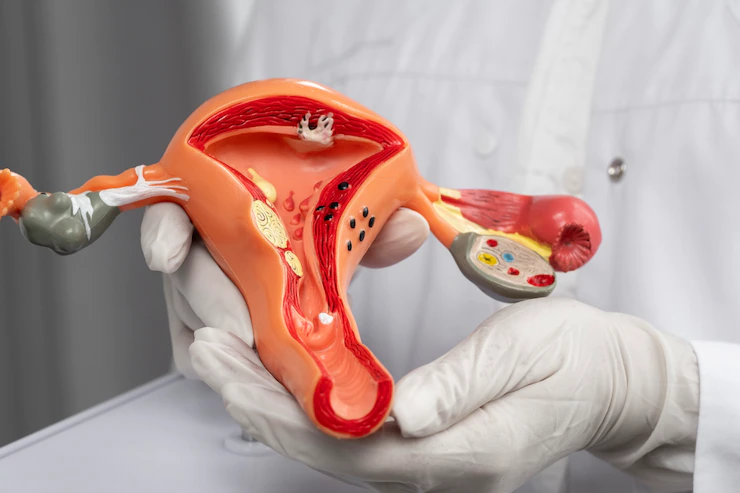
Uterine fibroids are non-cancerous growths that form within the muscular wall of the uterus. They develop when certain cells begin to grow and multiply more rapidly than normal. Although the exact cause of fibroids remains uncertain, researchers believe a combination of genetic factors, hormone levels—particularly estrogen and progesterone—and environmental influences contribute to their development.
For many women, fibroids cause no noticeable symptoms and may go undetected for years. However, when symptoms do occur, they can significantly affect daily life. Common signs include heavy or prolonged menstrual bleeding, a persistent feeling of pressure or fullness in the lower abdomen, frequent urination, difficulty completely emptying the bladder, constipation, and lower back pain. In some cases, excessive blood loss can lead to iron deficiency or anemia. Fibroids located near the opening of the uterus may also interfere with fertility, making it more difficult to conceive.
Fibroids are often diagnosed through imaging techniques such as ultrasound or MRI scans, which allow doctors to assess their size, number, and location.
Treatment varies depending on the severity of symptoms and whether a woman wishes to have children in the future. For those with mild or no symptoms, a "watch and wait" approach may be all that’s needed. In cases where treatment is necessary, options include medication to shrink fibroids or reduce bleeding, as well as minimally invasive procedures like uterine artery embolization, which blocks blood flow to the fibroids and causes them to shrink. For more serious cases, surgical options such as myomectomy (removal of fibroids) or hysterectomy (removal of the uterus) may be recommended.
The best course of action depends on individual circumstances. By recognizing symptoms early, having open conversations with your doctor, and considering your future fertility plans, you can choose the most appropriate treatment to manage fibroids effectively and maintain your overall health and quality of life.
News in the same category

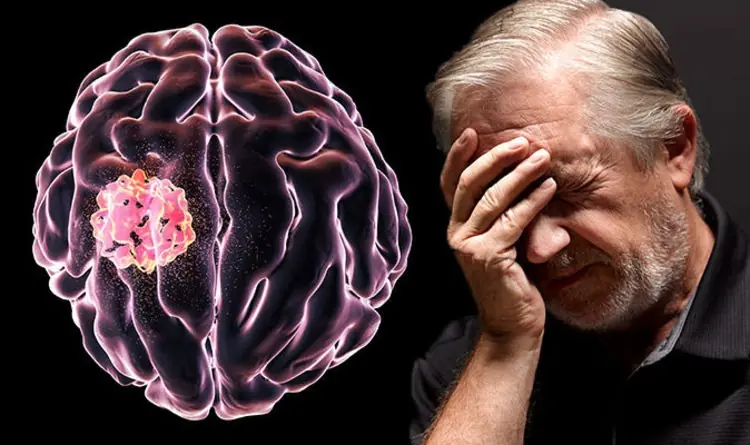
Age 40 Is a Critical Turning Point for Longevity: 4 Sleep-Related Signs That May Indicate Shorter Lifespan and Health Risks
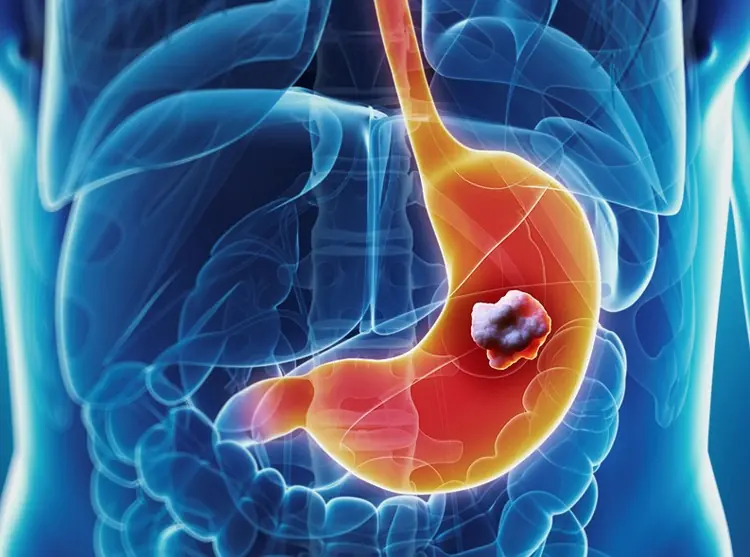
7 Early Signs of Stomach Cancer Everyone Should Know to Prevent Metastasis

🧠 How Your Brain Today Reflects Your Habits from Two Weeks Ago

💤 The Science of Dreaming: Why Do We Dream?

Too Much Salt May Lead to Depression, New Study Suggests

New Study Reveals: Memory May Be Stored in Cells Beyond the Brain

10 Foods You Should Eat Daily to Keep Your Arteries Clean

The Sleep Position That Could Be Quietly Damaging Your Health, According to Experts

Shocking Cancer Diagnosis at 44 Raises Alarms About a Popular Daily Sandwich Ingredient
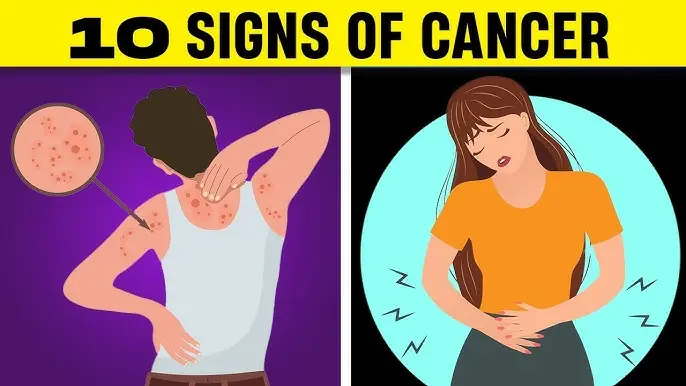
Is Your Body Trying to Tell You Something? 15 Early Signs of Cancer

If You Suddenly Wake Up Between 3:07 and 3:15 AM, You Should Be Extra Cautious
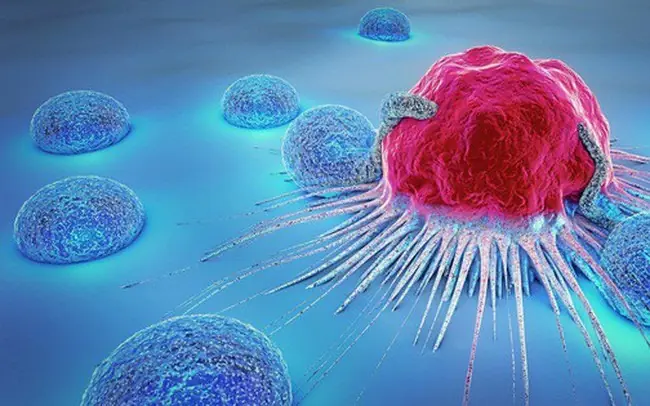
Discovery of a Drink That Helps “Push Back” Cancer: It's Not Tea or Coffee

One Year Before Death: The Body Often Shows 5 Warning Signs!

Revolutionary HIV Treatment: Lenacapavir Achieves 100% Clinical Efficacy
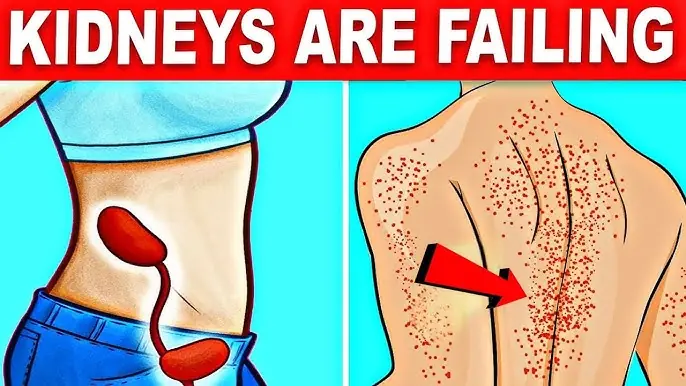
10 Warning Signs Your Kidneys May Be in Trouble

10 Foods Linked to Cancer You Should Avoid

How to help naturally relieve gout and joint pain
News Post

This Ancient Chinese Drink May Help Regulate Blood Sugar, Improve Circulation, and Reduce Inflammation—Naturally!

8 Reasons to Drink Ginger Tea Daily (An Impressive Healing Remedy)
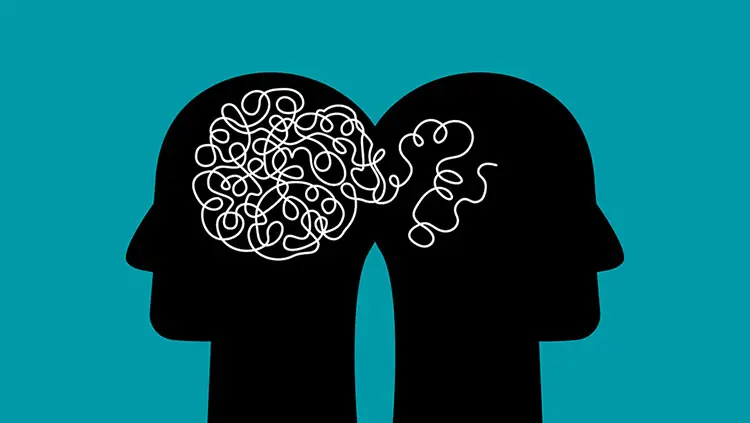
Surprising Link: Marriage May Increase Dementia Risk, New Study Finds

Birds May Use Quantum Reactions to Navigate Across the Globe

She forgot to tell her husband she was coming home. When she entered the apartment, she nearly collapsed from what she saw.

Humpback Whales Are Gathering in Giant Super-Pods—Here’s What Scientists Think It Means

Valya found out by accident that her husband had another woman — she went to the dry cleaner to pick up his suit, and along with the suit, they handed her a huge colorful dress.

Store Owner’s Daughter Kicked Me Out for No Reason — Then Her Mom Walked In and Left Me Speechless

MY SON SMILED RIGHT BEFORE SURGERY—BUT SOMEHOW HE MADE ME STEP OUT OF THE ROOM

An orphaned woman adopted a dark-skinned boy—and 20 years later discovered his shocking secret!

9 Food Combinations That Can Become 'Toxic'—Some Even Classed as Group A Carcinogens: Doctors Advise Avoiding

Age 40 Is a Critical Turning Point for Longevity: 4 Sleep-Related Signs That May Indicate Shorter Lifespan and Health Risks

7 Early Signs of Stomach Cancer Everyone Should Know to Prevent Metastasis

Man Builds $20m White House Replica Atop Skyscraper—Now Legal Woes Keep Him Out

At 60, I Healed Cancer, High Blood Pressure, Diabetes, and Poor Circulation – All Thanks to This Powerful Drink

Woman Claims Ghost Companion Of 12 Years Warns Of Imminent Apocalypse

This Simple Homemade Juice Could Transform Your Life — The 100-Year Elixir Revealed!

🧠 How Your Brain Today Reflects Your Habits from Two Weeks Ago

💤 The Science of Dreaming: Why Do We Dream?
